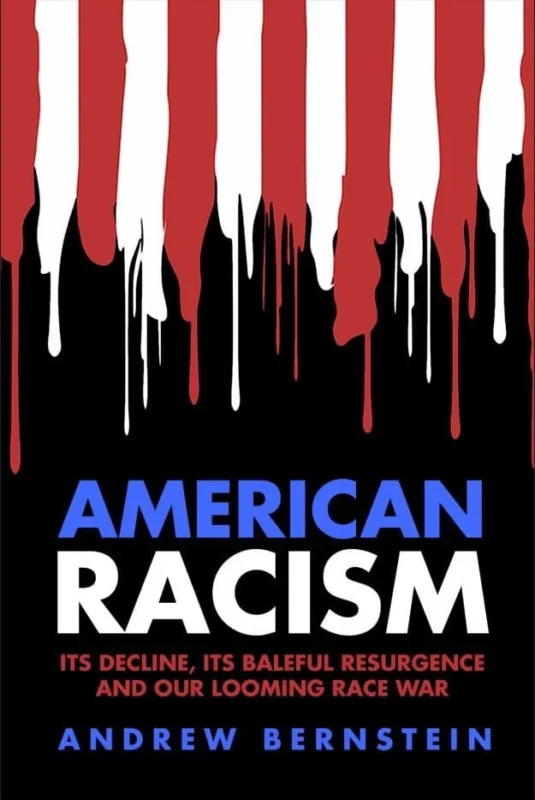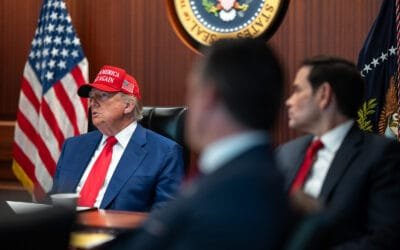Many of my readers can’t understand why, as an investment strategist, I write so much about politics and government policy. Politics doesn’t have anything to do with investing! Well, unless you slept through 2003, now you know that they do. The year 2003 was a textbook case of how you can use analysis of monetary policy, tax policy and military policy to make great market calls.
I began the year by forecasting that 2003 would be great year for high-yield bonds, or “junk bonds” as they are commonly known. I was right. The Merrill Lynch High Yield Index was up 27.2% last year. That’s just a hair less than the S&P 500’s excellent 28.7% return for the year — and with a lot less risk.
That call was based on my perception of an important inflection point in Federal Reserve policy. I and my colleagues had been among the few economists to forecast monetary deflation as the result of Alan Greenspan’s cranking up interest rates in 1999 and 2000. After two years of rate-hikes that did little more than track the economy down into recession starting in 2001, I saw the Fed finally really getting serious about deflation-fighting in November 2002. That was when Fed governor Ben Bernanke made a landmark speech in which, for the first time, a monetary policy-maker referred to deflation by name and outlined a credible program for what to do about it.
The junk bond market had been destroyed by deflation in a three-way trap. Deflation means that debtor companies see the value of their debt-financed assets go down, and their effective repayment burden goes up (because they are repaying their bonds in more valuable dollars). What worse, deflation dries up financial liquidity and makes it harder for companies to issue new bonds to help pay off their maturing ones. All that leads to default-risk — and that means collapsing junk bond prices.
Relief from deflation — economists call that “reflation” — means that debtor companies can get out of that trap. As reflation became a reality in 2003, debtor companies came back from the brink of default, new junk bonds were issued in record number, and a market given up for dead came roaring back to life.
Who would have thought you could make 27.2% in a single year in boring old intermediate term bonds?
Heading into 2003 I was very cautious about technology stocks. In fact, for my hedge fund clients, I was saying that tech-stocks should be shorted against long positions in non-tech stocks. That’s because — at that time — the Bush administration showed no signs that it understood how to use tax policy to ignite the kind of economic growth that tech companies thrive on.
All that changed in the second week of January when Bush announced a tax-cut plan of sweeping scope and ambition. It would cut taxes on dividends and capital gains, and accelerate the 2001 cuts in personal income tax rates. I immediately hailed Bush’s plan as a pro-growth masterstroke. And while most strategists were focusing on the mistaken belief that the dividend tax cut would help stodgy old companies that paid big dividends, I predicted that the whole market would get an enormous life — tech stocks most of all.
Now remember — at that point the market had just experienced an extraordinary three years of back-to-back losses. Yes, lots of pundits thought that 2003 might be an up year. But the consensus was low single digits — with the biggest gains going to “solid, conservative companies.”
But it turned out that all you needed to know was that an historic tax cut was coming. The S&P gained 28.7% last year. And the NASDAQ did even better, with a whopping 50% gain.
As it turned out, though, understanding the impact of Bush’s tax cuts was only half the battle. You had to believe that he would actually get them through Congress, too. And here again the conventional wisdom got it all wrong. Bush’s proposed tax cuts were given up for dead the moment the words left his lips. All anyone wanted to think about was the coming war in Iraq.
Do you remember what the first quarter of last year was like, before the invasion of Baghdad in late March? The market was in a tailspin. By mid-March it had fallen back to almost the same low levels it hit in October 2002. And every time there was a big down day, all the talking heads said it was because “the market is afraid of the war.” And whenever there was a rare up-day, the talking heads said it was because “the market thinks there won’t be a war”.
What I said was that the market doesn’t particularly care about the war at all. What that market cared about was getting the war over with, so that the inevitable quick victory would give President Bush the political clout he needed to get his tax cuts passed by Congress.
That turned out to be the market call of the year — if I do say so myself. As soon as Bush walked away from the United Nations Security Council, the market started heading higher. After the lightning invasion of Iraq, Bush’s popularity soared. Within a matter of weeks, he was campaigning all over the country to get his tax cuts passed. And he got them.
2003 was a great year. Our government did the right things in economic policy, and the results speak for themselves.
As investors, looking back on it, it all seems so obvious. Yet none of it really was.
The financial media and Wall Street have fought the good news every step of the way with all manner of economic and political misinformation. The rally in junk bonds was “a speculative frenzy — it can’t last.” The invasion of Iraq would be a “quagmire.” The tax cuts were “dead on arrival” — and then when they were enacted into law, they were either “too little stimulus” or “too much deficit spending.”
Next week I’ll outline my forecasts for the politics and policy drivers of the market in 2004. I can’t guarantee I’ll get I’ll get the right answers. But I can promise you one thing: I’ll be asking the right questions.
Politics will continue to be the most important driver of investment strategy. And if everyone else wants to think it doesn’t matter — all the better.
A version of this article was originally published in SmartMoney.com on January 2, 2004.









